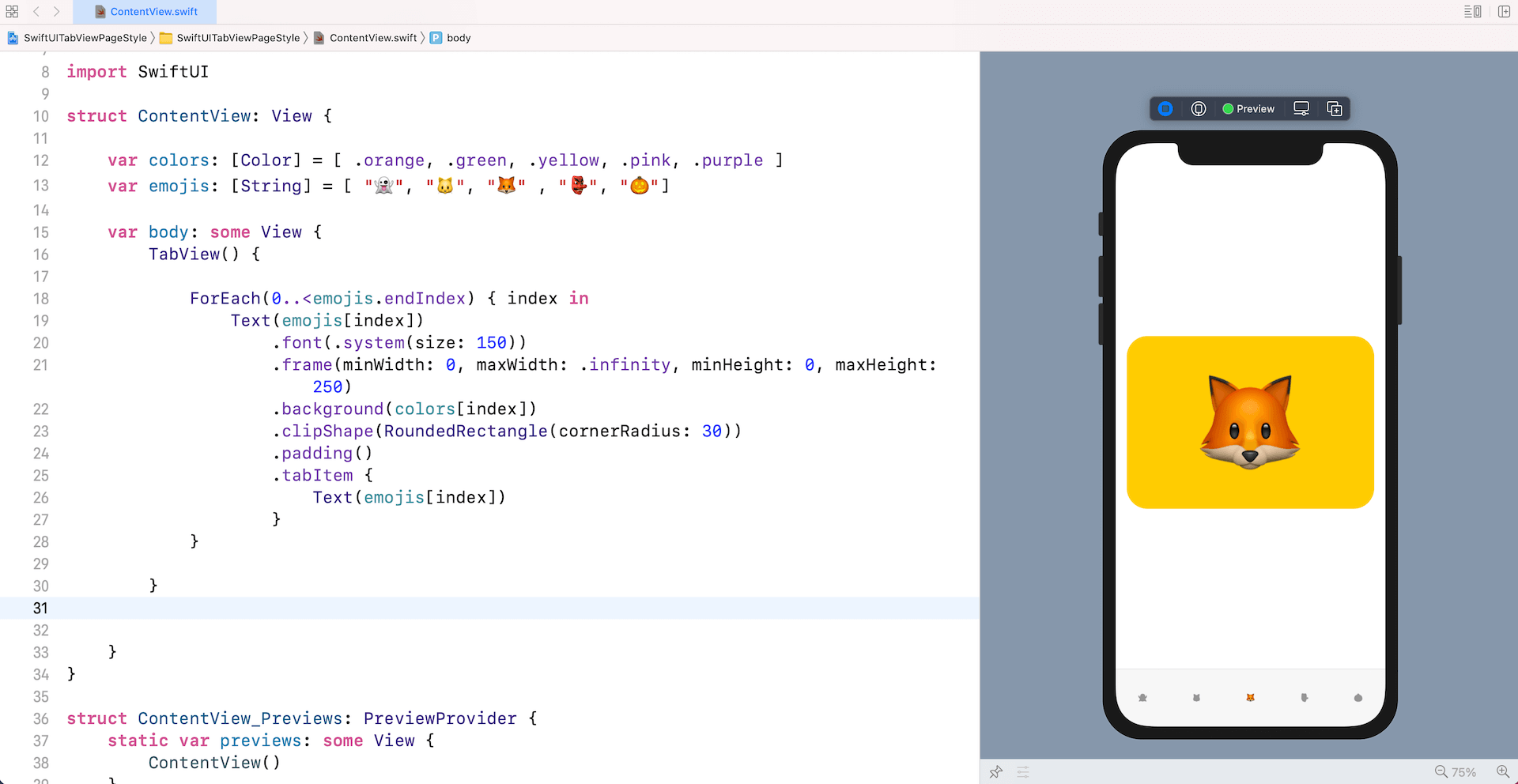

- TABVIEW BACKGROUND COLOR HOW TO
- TABVIEW BACKGROUND COLOR CODE
- TABVIEW BACKGROUND COLOR SERIES
- TABVIEW BACKGROUND COLOR FREE
- TABVIEW BACKGROUND COLOR WINDOWS

Those items even have more properties to customize. To add a screen background view by putting it at the bottom of the ZStack. If we look a little bit closer, we see that we have a TabView at the root and inside of the you’ll need to use TabViewItem.
TABVIEW BACKGROUND COLOR CODE
Below is code showing styles to change font/background color. Setting a style to change the background color of a checked tab does not work as expected. I can change the font color of a checked tab, and the background color of a pressed tab. The template the TabView uses to generate tab items' content. Description: I’m able to change style of every part of tabview except the background color of the checked tab. Enable or disable the transition between tabs.
TABVIEW BACKGROUND COLOR HOW TO

So stay tuned and join our waitlist to get the latest tutorials when they’re ready.
TABVIEW BACKGROUND COLOR FREE
This is the first one in our free collection of tutorials about SwiftUI. Even view controllers (though you’ll have to bridge them to SwiftUI views, but that’s a different tutorial).Īs you can see, adding a tab bar in a SwiftUI iOS app is extremely simple, thanks to TabView. But keep in mind you can literally add views of any complexity. To keep this tutorial simple, we didn’t create complex views. Just add this block of code into the ContentView’s body: TabView : This is the tab item that you can style with an image and text.īuild and run to check out our sweet TabView SwiftUI app. Trust us, it’s super easy – Adding a tab bar navigation to an iOS app is way more easier in SwiftUI than it used to be in UIKit. Make sure you are on the latest Xcode version before running the code from this SwiftUI tutorial. Some APIs from the beta version might be changed (such as TabbedView) or deprecated. Note: This SwiftUI tutorial has been written with Xcode 11 – official version.

The first article is how to quickly implement and style a tab bar navigation in SwiftUI using the TabView component. To help newbies get familiar with this SwiftUI, we are going to make some short articles on SwiftUI, with quick features and code snippets.
TABVIEW BACKGROUND COLOR SERIES
These apps had erased any doubts about SwiftUI adoption success. NET Maui: Microsoft Reactor is running a series of free in person and livestream events exploring this new cross-platform framework for mobile development. Since SwiftUI has been launched at WWDC 2019, developers have developed their new applications almost exclusively on this extraordinarily exciting framework. Feel free to skip directly to the source code (at the bottom of the page), if you already know what you’re doing. Use a TabView when: Users will be able to dynamically open, close, or rearrange tabs. TabView offers document tabs for UWP apps.
TABVIEW BACKGROUND COLOR WINDOWS
Users can create, remove, and rearrange tabs move tabs between windows and change the content of tabs. I use the same color assets for coloring my NavigationView and both the. The light mode background color appears perfect in Xcode Preview, but when I run the app in the Sim or on my device, the Tab Bar background color is clear in light mode, but shows the correct color for dark mode. In this iOS tutorial, we are going to learn how to implement a tab bar in SwiftUI by leveraging TabView. Document tabs are the sort of tabs found in a browser, such as Microsoft Edge. The TabView dark mode background color appears just fine.


 0 kommentar(er)
0 kommentar(er)
